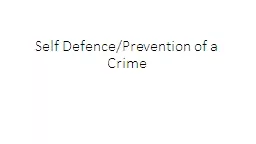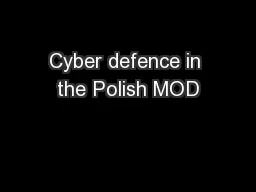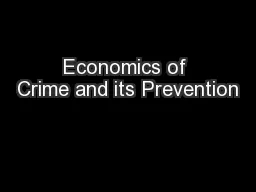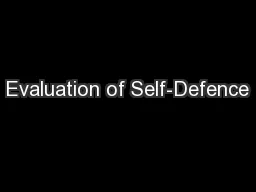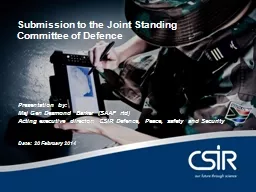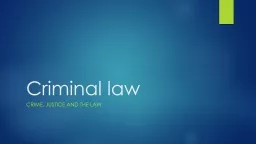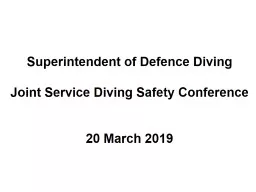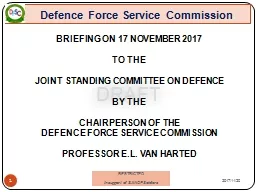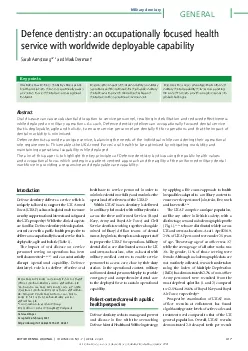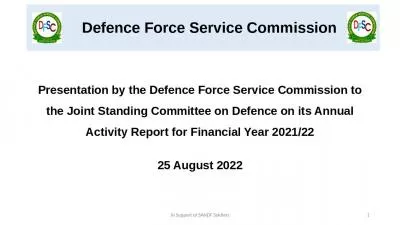PPT-Self Defence/Prevention of a Crime
Author : lois-ondreau | Published Date : 2017-05-22
Definition D admits AR and MR of offence A person can use force as is reasonable in the circumstances to defend himself or another or his property Private
Presentation Embed Code
Download Presentation
Download Presentation The PPT/PDF document "Self Defence/Prevention of a Crime" is the property of its rightful owner. Permission is granted to download and print the materials on this website for personal, non-commercial use only, and to display it on your personal computer provided you do not modify the materials and that you retain all copyright notices contained in the materials. By downloading content from our website, you accept the terms of this agreement.
Self Defence/Prevention of a Crime: Transcript
Download Rules Of Document
"Self Defence/Prevention of a Crime"The content belongs to its owner. You may download and print it for personal use, without modification, and keep all copyright notices. By downloading, you agree to these terms.
Related Documents

